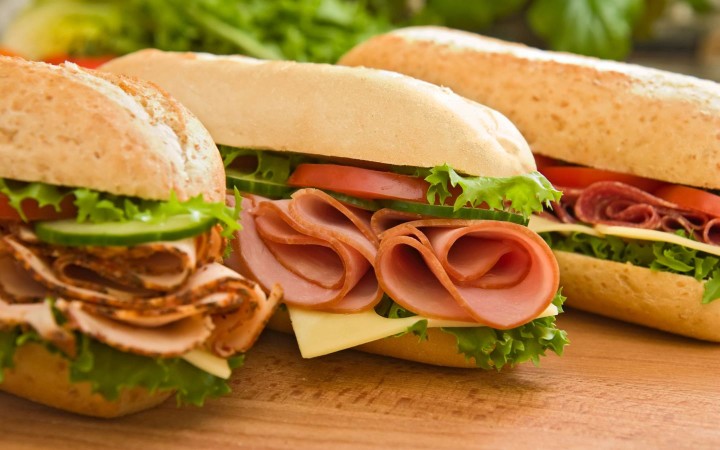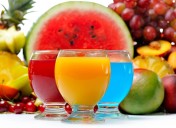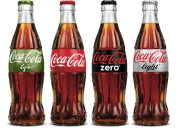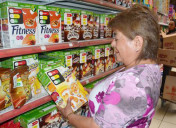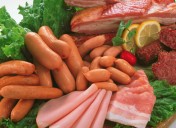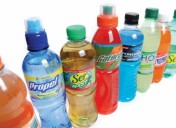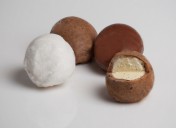Clean Labels: Shelf Life vs. Sodium Content, is it Possible to Have the Best of Both Worlds?
The demand for minimally processed fresh products, easy to prepare and ready to eat, as well as the globalization of the food trade, poses enormous challenges for food safety and quality. With a growing global population raising its own sustainability issues, it is not difficult to understand that food security has become a major concern in the 21st century. Consumers want healthy food, which is why the meat industry must respond by ensuring that the ingredients used are natural, effective, and completely safe.
Sodium Reduction
Current levels of sodium intake are above recommended due, in part, to the changing eating habits of an increasingly busy consumer who is looking for practicality and opts for processed and fast foods that provide energy, satiety, and – of course- an excellent flavor. Data from the NHANES (National Health and Nutrition Examination Survey) in the United States reveals that children aged 6-18 years are consuming about 3,256 mg of Sodium per day, which is above the recommended intake of 1,900-2,300 mg per day.
With this scenario, it is imperative that the industry in general and the meat industry in particular undertake serious projects of sodium reduction in their products. Sodium in meat products not only comes from added sodium chloride but also from preservatives used to ensure shelf life. Clean technologies based on biopreservation, the generation of flavors and their potentiation by natural means seems to stand out as a way forward.
Biopreservation (Natural preservatives for food)/>
It is the application of a natural antimicrobial or a microorganism to extend the shelf life or inactivate pathogens in food. Using the best technology based on nature and living organisms, a wide range of needs can be met and the use of traditional preservatives can be surpass.
The choice of the preservative becomes crucial not only for the safety of the food but also for its attributes, the labeling, and the consumer preference. At present, the main factors to take into consideration for the choice of a preservative are:
- Shelf life (bacteriostatic vs bactericides)
- Health: Sodium Reduction
- Natural preservatives (clean labels)
- Reduced doses – ease of application
- Cost in use
- Food safety (Listeria monocytogenes)
At a time when consumers express concerns about the content of their food, some companies strive to provide higher-quality, safe products using the most advanced analytical techniques to choose the best solutions that fit their needs.
As Aromateca Dominicana’s experience has been established with the development of several new products and daily contact with customers throughout the region, we understand the market challenges and how the right ingredients can help companies. Aromateca Dominicana has the expert team and portfolio of technologies to face the new challenge.
Please contact us and let us advise you..

